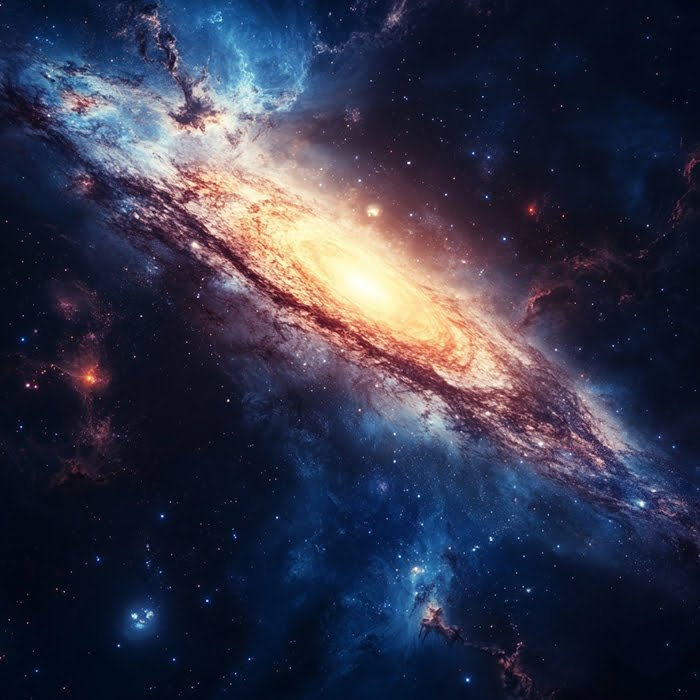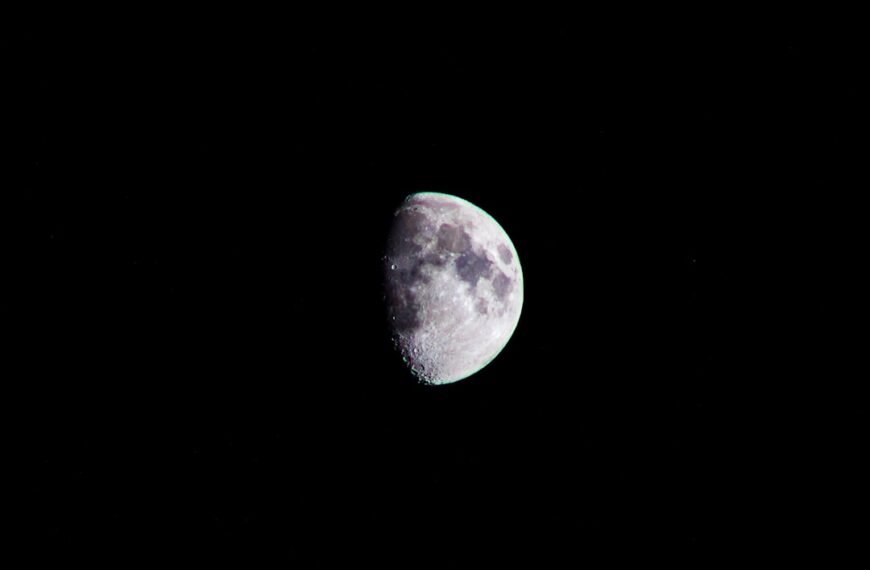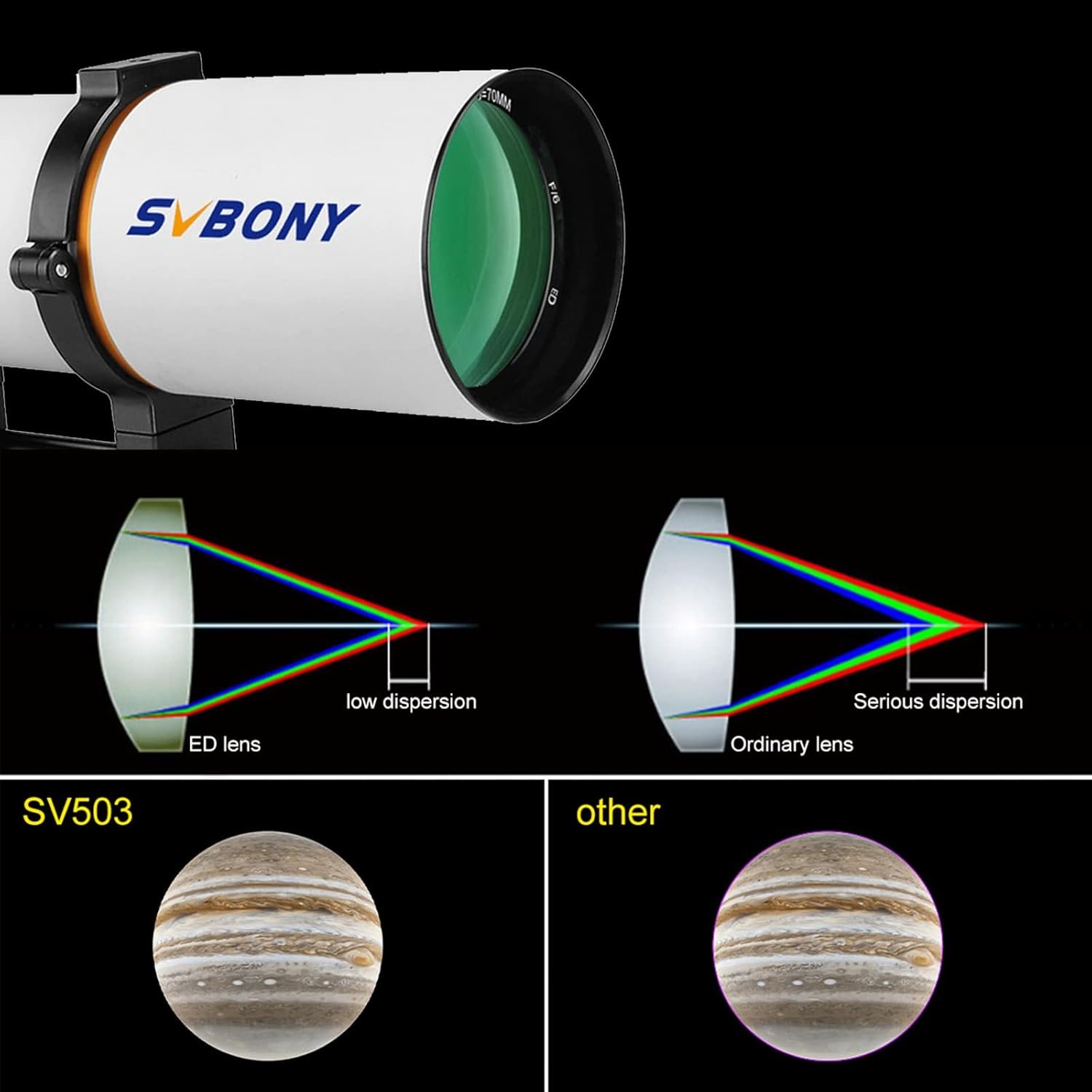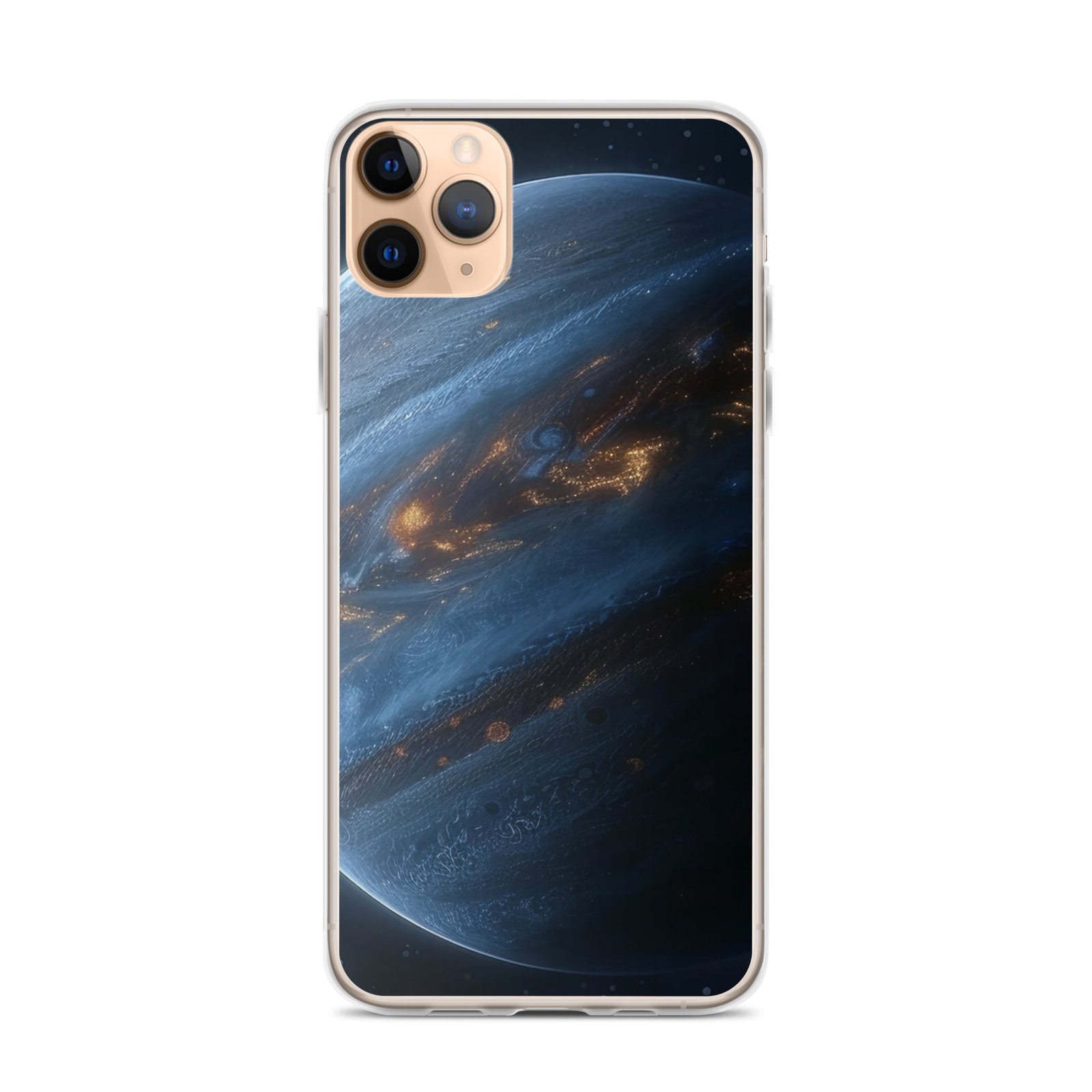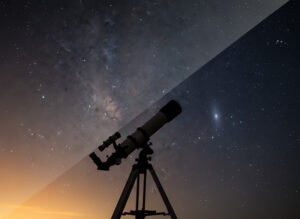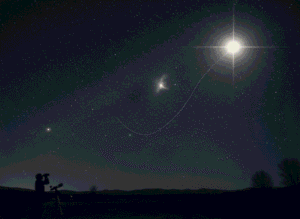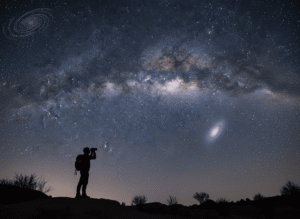What lies beyond the universe? It’s a mystery challenging science and philosophy, exploring infinite space, multiverse theories, and reality.
Key Takeaways 📝
- Challenging Boundaries: The universe lacks a defined center or edge, as the Big Bang occurred everywhere at once, prompting us to rethink our understanding of space and boundaries.
- Vastness of Space: Whether infinite or extremely large, the universe’s vastness suggests the absence of an “outside,” challenging our intuitive notions of edges and limits.
- Multiverse Theory: Consider the possibility that our universe is just one in a vast multiverse, each with its own unique laws of physics, reshaping our understanding of reality.
- Simulation Hypothesis: What if our perceived reality is merely an advanced computer simulation? This provocative idea invites contemplation about existence and consciousness.
- Limits of Comprehension: Current philosophical debates highlight that human understanding may be limited when grappling with the true nature of the universe and what lies beyond it.
The question of what lies outside the universe is one of the most profound and intriguing mysteries in both science and philosophy. It challenges our understanding of space, time, and existence itself. This blog post delves into the scientific theories, philosophical perspectives, and current research on the boundaries of the universe to explore this enigmatic topic.
The Nature of the Universe
No Center or Edge
The universe, as we understand it, does not have a center or an edge. The Big Bang, which is considered the beginning of the universe, occurred everywhere simultaneously. This means that there is no specific point of origin or boundary. The universe can be likened to the surface of a balloon, which has no edge or center when inflated. This analogy helps us understand that the universe is a self-contained entity without a defined boundary.
Infinite or Extremely Large
Space extends infinitely in all directions, making the universe boundless. Even if the universe is finite, it does not necessarily imply the existence of an edge or an outside. The universe is either infinitely large or extremely vast, and this vastness negates the need for an “outside.” This concept challenges our intuitive understanding of space and boundaries, as we are accustomed to thinking of objects as having edges.
Observable Universe
The observable universe is the portion of the entire universe that we can see and measure, limited by the speed of light and the age of the universe. Beyond this observable region, there may be more universe that we cannot detect because the light from those regions has not yet reached us. This limitation is due to the finite speed of light and the finite age of the universe, which restricts our ability to observe distant regions.
Scientific Theories About What is Outside the Universe
Multiverse Theory
One of the most popular scientific theories about what lies outside the universe is the multiverse theory. This theory suggests that our universe is just one of many universes that exist within a larger multiverse. Each universe in this multiverse could have different physical laws and constants. The multiverse theory is supported by some interpretations of quantum mechanics and string theory, which allow for the existence of multiple, parallel universes.
Braneworld and Higher Dimensions
Another scientific theory posits that our universe is a three-dimensional membrane (brane) floating in a higher-dimensional space known as ‘the bulk.’ This higher-dimensional space could contain other branes, each representing a different universe. This idea is rooted in string theory and suggests that our universe is just one of many branes in a higher-dimensional space.
Simulation Hypothesis
The simulation hypothesis is a more speculative scientific theory that proposes our universe might be an ultra-sophisticated computer simulation. This idea suggests that what we perceive as reality is actually a simulated environment created by an advanced civilization. While this theory is more philosophical than scientific, it raises interesting questions about the nature of reality and our place in the universe.
Holographic Principle
The holographic principle suggests that the entire three-dimensional universe could be encoded on a two-dimensional boundary. This theory implies that our perception of three dimensions is a projection of this two-dimensional information. The holographic principle is supported by some interpretations of string theory and has been used to explain certain phenomena in black hole physics.
Other Theories
Other intriguing scientific theories include the idea that every black hole in our universe could spawn a new universe, and the concept of a superfluid space-time, where space-time behaves like a superfluid with zero viscosity. These theories challenge our understanding of space and time and suggest that the universe may be more complex than we currently understand.
Philosophical Perspectives on What Lies Beyond the Universe

Metaphysical Considerations
Philosophers have long pondered the nature of the universe and what might lie beyond it. Metaphysical considerations often focus on the nature of existence and the possibility of other realms or dimensions. Some philosophical perspectives suggest that the universe is a self-contained entity with no outside, while others propose the existence of a higher reality or dimension beyond our universe.
The Nature of Reality
Philosophical perspectives on the nature of reality often intersect with scientific theories. For example, the simulation hypothesis raises questions about the nature of reality and whether our universe is a simulated environment. Philosophers have also explored the idea that our perception of reality is limited and that there may be aspects of the universe that are beyond our comprehension.
The Limits of Human Understanding
Philosophers have also considered the limits of human understanding when it comes to the universe and what lies beyond it. Some argue that our cognitive limitations prevent us from fully understanding the nature of the universe and its boundaries. Others suggest that the universe may be inherently unknowable, and that any attempt to understand what lies beyond it is ultimately futile.
Current Research on the Boundaries of the Universe
Cosmological Observations
Current research on the boundaries of the universe is focused on cosmological observations and theoretical models. Scientists use telescopes and other instruments to observe distant regions of the universe and gather data on its structure and composition. These observations help scientists develop models of the universe and its boundaries.
Theoretical Models
Theoretical models of the universe are used to explore the nature of its boundaries and what might lie beyond them. These models are based on current scientific theories, such as the multiverse theory and string theory, and are used to make predictions about the universe and its boundaries. Scientists use these models to test hypotheses and develop new theories about the universe.
Advances in Technology
Advances in technology are also playing a crucial role in current research on the boundaries of the universe. New telescopes and instruments are allowing scientists to observe distant regions of the universe with greater precision and accuracy. These advances are helping scientists gather more data and develop more accurate models of the universe and its boundaries.
The question of what lies outside the universe remains one of the most profound mysteries in cosmology. While current scientific understanding suggests that the universe is either infinite or extremely large with no edge, various theories propose fascinating possibilities about the nature of reality and the existence of other universes. Philosophical perspectives offer additional insights into the nature of the universe and what might lie beyond it. As our observational technologies and theoretical models advance, we may come closer to unraveling this cosmic enigma.


